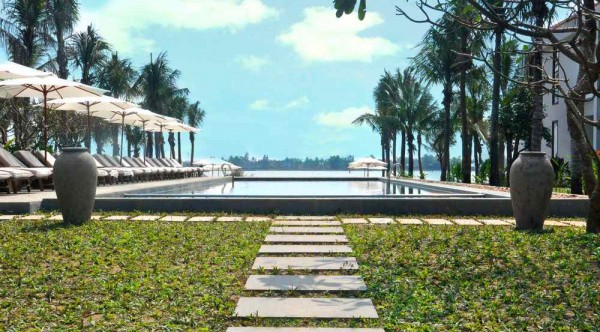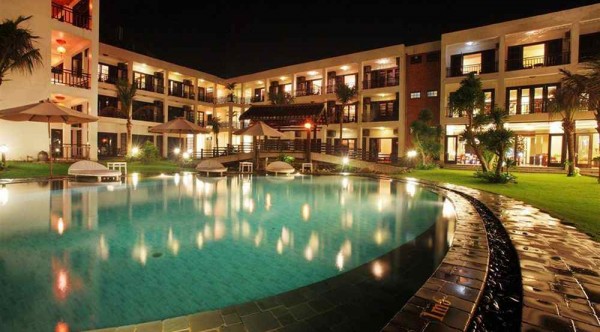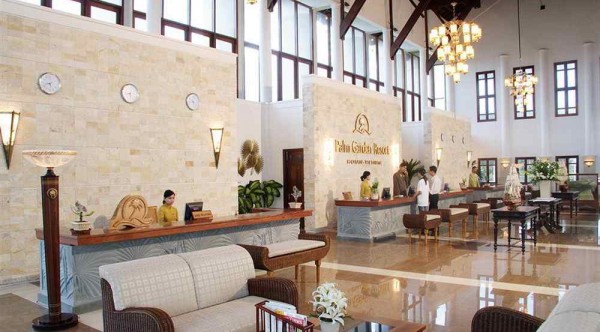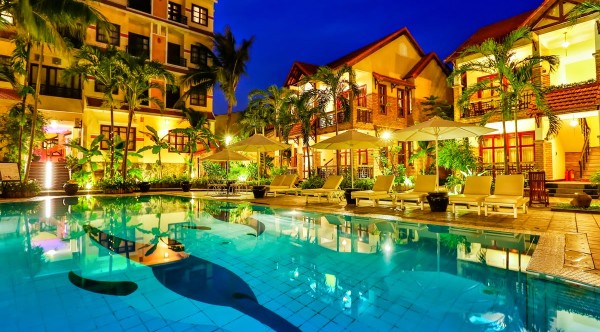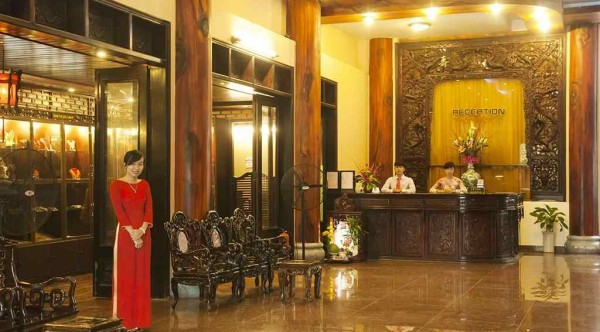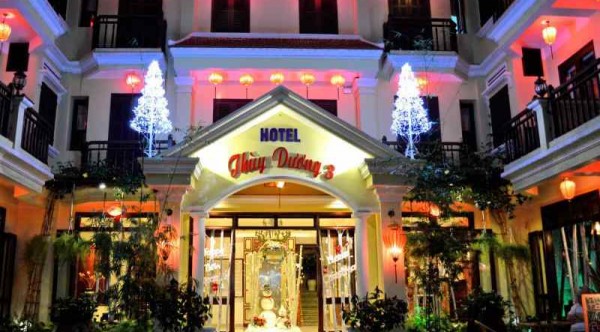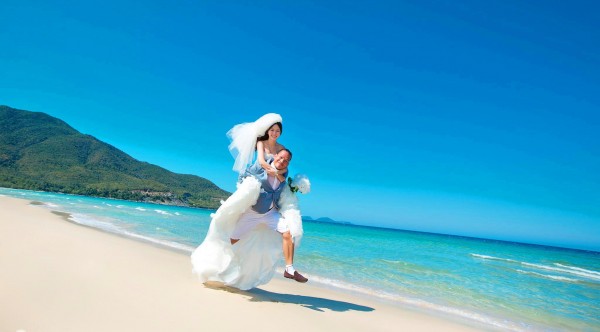
Hoi An - Danang - "Venice Of Vietnam"

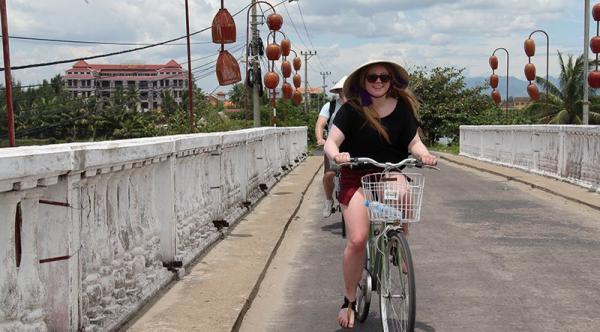
Hoi An Ancient Town (Lantern Making Tour) – Day Trip

Hoi An Eco-tour – Cam Thanh coconut palm farm – Day trip
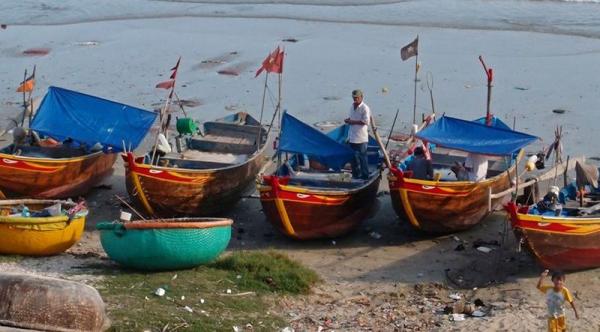
Hoi An Eco-tour Farming & Fishing Tour – Day trip 6 hours
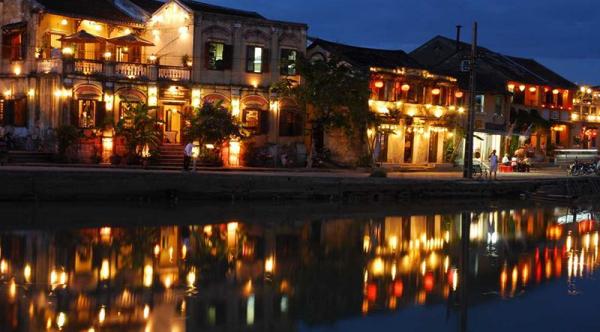
Explore Hoi An Countryside life experience – Day trip

Hoi An Ancient Town Tour
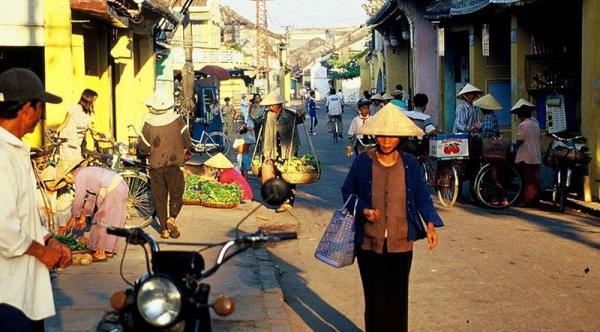
Glimpse of Danang & Hoi An ancient town – 3 days
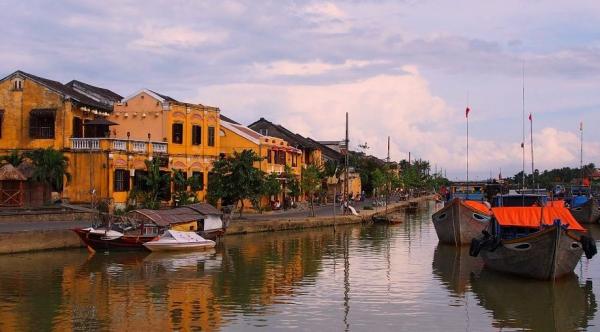
Hoi An Cooking Class Tour At Red Bridge Restaurant
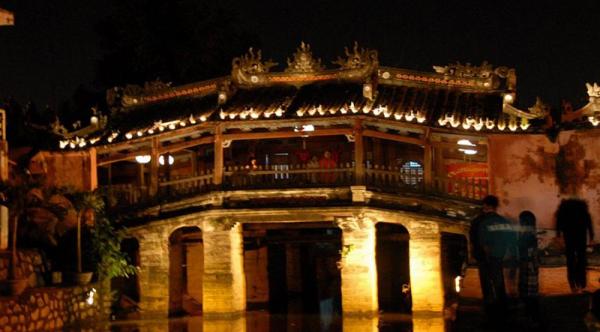
Hoi An Cooking Class Tour – Half day
Hoi An - Danang - "Venice Of Vietnam"
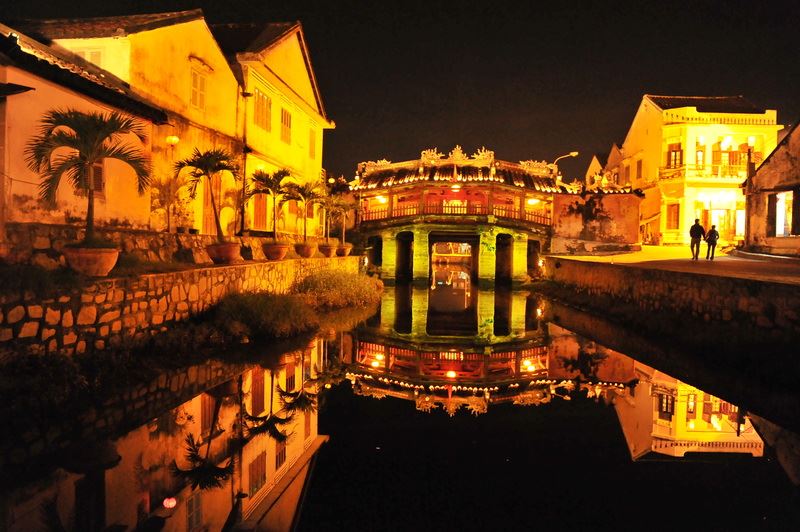
Graceful, historic Hoi An is Vietnam’s most atmospheric and delightful town. Once a major port, it boasts the grand architecture and beguiling riverside setting that befits its heritage, but the 21st-century curses of traffic and pollution are almost entirely absent. Whether you’ve as little as a day or as long as a month in the town, it’ll be time well spent.
Hoi An owes its easygoing provincial demeanour and remarkably harmonious old-town character more to luck than planning. Had the Thu Bon River not silted up in the late 19th century – so ships could no longer access the town’s docks – Hoi An would doubtless be very different today. For a century, the city’s allure and importance dwindled until an abrupt rise in fortunes in the 1990s, when a tourism boom transformed the local economy. Today Hoi An is once again a cosmopolitan melting pot, one of the nation’s most wealthy towns, a culinary mecca and one of Vietnam’s most important tourism centres.
This revival of fortunes has preserved the face of the Old Town and its incredible legacy of tottering Japanese merchant houses, Chinese temples and ancient tea warehouses – though, of course, residents and rice fields have been gradually replaced by tourist businesses. Lounge bars, boutique hotels, travel agents and a glut of tailor shops are very much part of the scene here. And yet, down by the market and over on Cam Nam Island you’ll find life has changed little. Travel a few kilometres further – you’ll find some superb bicycle, motorbike and boat trips – and some of central Vietnam’s most enticing, bucolic scenery and beaches are within easy reach.
When the best time to visit Hoi An
Typical for the tropical climate of Vietnam, Hoi An city possesses warm weather the whole year with its average temperature of 29 Degree Celsius. The city only has two main seasons: rainy and dry seasons instead of four seasons like in Northern Vietnam.
Hoi An’s dry season from February to May is the best time to visit the town, since its weather becomes very mild and beautiful with moderate temperature, low humidity, less rain and warm sunshine. For ones who enjoy sunbathing on famous beaches near Hoi An like Cua Dai Beach or An Bang Beach, delaying your trip to the end of May or beginning of June is recommended.
Getting There & Away
Air
The closest airport is 45 minutes away in Danang.
Car & Motorbike
To get to Danang (30km), you can either head north out of town and join up with Hwy 1, or head east to Cua Dai Beach and follow the China Beach coastal road. Motorbikes charge about 140,000d for the trip to Danang. Taxis cost approximately 350,000d and are cheaper if you don’t use the meter but negotiate a price first.
A trip in a car to Hue starts from US$85 (depending on how many stops you plan to make along the way), while a half-day trip around the surrounding area, including My Son, is around US$50.
Bus
Most north–south bus services do not stop at Hoi An, as Hwy 1 passes 10km west of the town, but you can head for the town of Vinh Dien and flag down a bus there.
Open-tour buses are usually more convenient. You’ll find very regular connections to and from Hue and Nha Trang
The bus station, 1km west of the town Centre, mainly covers local routes. Buses to Danang (18,000d, one hour), Quang Ngai and other points leave from the northern bus station. Foreigners are routinely overcharged, they’ll usually be asked for 50,000d for the ride to Danang.
Go Travel Vietnam offers shuttle bus transfers between Hoi An and Danang airport and train station five times per day (80,000d, one hour).
Boat
Boat trips on the Thu Bon River can be a fascinating experience. A simple rowboat (which comes complete with rower) should cost about 70,000d per hour, and one hour is probably long enough. Some My Son tours include a return…
Taxi
For a metered cab, try Hoi An Taxi or Mai Linh.
Sights & Activities
Tan Ky House
Built two centuries ago by an ethnically Vietnamese family, this gem of a house has been lovingly preserved through seven generations.
Look out for signs of Japanese and Chinese influences on the architecture. Japanese elements include the ceiling (in the sitting area), which is supported by three progressively shorter beams, one on top of the other. Under the crab-shell ceiling are carvings of crossed sabres wrapped in silk ribbon. The sabres symbolise force, the silk represents flexibility.
The interior is brightened by a beautiful detail: Chinese poems written in inlaid mother-of-pearl hang from some of the columns that hold up the roof. The Chinese characters on these 150-year-old panels are formed entirely of birds gracefully portrayed in various positions of flight.
The courtyard has several functions: to let in light, provide ventilation, bring a glimpse of nature into the home, and collect rainwater and provide drainage. The carved wooden balcony supports around the courtyard are decorated with grape leaves, which are a European import and further evidence of the unique blending of cultures in Hoi An.
The back of the house faces the river and was rented out to foreign merchants. Marks on one wall record recent flood heights, including the 1964 record when the water covered almost the entire ground level. There are two pulleys attached to a beam in the loft – in the past they were used for moving goods into storage, and today for raising furniture for safekeeping from the floods.
The exterior of the roof is made of tiles; inside, the ceiling consists of wood. This design keeps the house cool in summer and warm in winter.
Japanese Covered Bridge
This beautiful little bridge is emblematic of Hoi An. A bridge was first constructed here in the 1590s by the Japanese community in order to link them with the Chinese quarters across the stream.
The structure is very solidly constructed because of the threat of earthquakes. Over the centuries the ornamentation has remained relatively faithful to the original understated Japanese design. The French flattened out the roadway for their motor vehicles, but the original arched shape was restored in 1986.
The entrances to the bridge are guarded by weathered statues: a pair of monkeys on one side, a pair of dogs on the other. According to one story, many of Japan’s emperors were born in the years of the dog and monkey. Another tale says that construction of the bridge started in the year of the monkey and was finished in the year of the dog. The stelae, listing all Vietnamese and Chinese contributors to a subsequent restoration of the bridge, are written in chu nho (Chinese characters) – the nom script had not yet become popular.
While access to the Japanese Bridge is free, you have to surrender a ticket to see a small, unimpressive temple built into the bridge’s northern side.
Assembly Hall of the Fujian Chinese Congregation
Originally a traditional assembly hall, this structure was later transformed into a temple for the worship of Thien Hau, a deity from Fujian province. The gaudy, green-tiled triple gateway dates from 1975.
The mural on the right-hand wall depicts Thien Hau, her way lit by lantern light as she crosses a stormy sea to rescue a foundering ship. Opposite is a mural of the heads of the six Fujian families who fled from China to Hoi An in the 17th century.
The penultimate chamber contains a statue of Thien Hau. To either side of the entrance stand red-skinned Thuan Phong Nhi and green-skinned Thien Ly Nhan, deities who alert Thien Hau when sailors are in distress.
In the last chamber, the central altar contains seated figures of the heads of the six Fujian families. The smaller figures below them represent their successors as clan leaders. Behind the altar on the right are three fairies and smaller figures representing the 12 ba mu (midwives), each of whom teaches newborns a different skill necessary for the first year of life: smiling, sucking and so forth. Childless couples often come here to pray for offspring and leave fresh fruit as offerings.
Tran Family Chapel
Built for worshipping family ancestors, this chapel dates back to 1802. It was commissioned by Tran Tu, one of the clan who ascended to the rank of mandarin and served as an ambassador to China. His picture is to the right of the chapel.
The architecture of the building reflects the influence of Chinese (the ‘turtle’ style roof), Japanese (triple beam) and vernacular (look out for the bow-and-arrow detailing) styles.
The central door is reserved for the dead – it’s opened at Tet and on 11 November, the death anniversary of the main ancestor. Traditionally, women entered from the left and men from the right, although these distinctions are no longer observed.
The wooden boxes on the altar contain the Tran ancestors’ stone tablets, with chiselled Chinese characters setting out the dates of birth and death, along with some small personal effects. On the anniversary of each family member’s death, their box is opened, incense is burned and food is offered.
After a short tour you’ll be shown to the ‘antique’ room, where there are lots of coins for sale, and a side room full of souvenirs.
Quan Cong Temple
Founded in 1653, this small temple is dedicated to Quan Cong, an esteemed Chinese general who is worshipped as a symbol of loyalty, sincerity, integrity and justice. His partially gilded statue, made of papier-mâché on a wooden frame, is on the central altar at the back of the sanctuary. When someone makes an offering to the portly looking Quan Cong, the caretaker solemnly strikes a bronze bowl that makes a bell-like sound.
On the left of Quan Cong is a statue of General Chau Xuong, one of his guardians, striking a tough-guy pose. On the right is the rather plump administrative mandarin Quan Binh. The life-sized white horse recalls a mount ridden by Quan Cong.
Check out the carp-shaped rain spouts on the roof surrounding the courtyard. The carp is a symbol of patience in Chinese mythology and is popular in Hoi An.
Shoes should be removed when mounting the platform in front of the statue of Quan Cong.
Chinese All-Community Assembly Hall
Founded in 1773, this assembly hall was used by Fujian, Cantonese, Hainan, Chaozhou and Hakka congregations in Hoi An. To the right of the entrance are portraits of Chinese resistance heroes in Vietnam who died during WWII. The well-restored main temple is a total assault on the senses with great smoking incense spirals, demonic-looking deities, dragons and lashings of red lacquer – it’s dedicated to Thien Hau.
Assembly Hall of the Chaozhou Chinese Congregation
Built in 1752, the highlight in this congregational hall is the gleaming woodcarvings on the beams, walls and altar – absolutely stunning in their intricacy. You could stand here for hours to unravel the stories, but if you’re just popping by quickly, look for the carvings on the doors in front of the altar of two Chinese women wearing their hair in an unexpectedly Japanese style.
Handicraft Workshop
Housed in the 200-year-old Chinese trading house, the Handicraft Workshop has artisans making silk lanterns and practicing traditional embroidery in the back. In the front is your typical tourist-oriented cultural show (10.15am and 3.15pm) with traditional singers, dancers and musicians. It makes a sufficiently diverting break from sightseeing.
Ba Le Well
This square well’s claim to fame is that it’s the source of water for making authentic Cao Lau, a Hoi An specialty. The well is said to date from Cham times and elderly people make their daily pilgrimage to fill pails here. To find it, turn down the alley opposite 35 Ð Phan Chu Trinh and take the second laneway to the right.
Museum of Trading Ceramics
Occupies a simply restored wooden house and contains artifacts from all over Asia, with oddities from as far afield as Egypt. While this reveals that Hoi An had some rather impressive trading links, frankly it would take an expert eye to appreciate the display. However, the small exhibition on the restoration of Hoi An’s old houses provides a useful crash course in Old Town architecture.
Eating
Dining out in Hoi An is a delight. Central Vietnamese cuisine is arguably the nation’s most complex and flavorsome, combining judicious use of fresh herbs (which are sourced from organic gardens close by) with extraneous influence due to centuries of links with China, Japan and Europe.
While you’re here, be sure to try Hoi An specialties like the incredibly delicate and subtle “Banh Bao” or “White Rose”. “Cao Lau” is another unique dish. Other local specialties are fried “Hoan Thanh” (wonton) and “Banh Xeo”. Most restaurants serve these items, but quality varies widely.
Being such a cosmopolitan place, Hoi An is also blessed with myriad Western dining choices, including Parisian-style bakeries, delis, and Italian, Mediterranean, Japanese, Indian and tapas restaurant.
– Morning Glory Street: 106 Nguyen Thai Hoc Street
– Cargo Club: 107 Nguyen Thai Hoc Street
– Casa Verde: 99 Bach Dang Street
– Mango Mango: 111 Nguyen Thai Hoc Street
– Shree Ganesh Indian: 24 Tran Hung Dao Street
– Miss Ly Cafeteria 22: 22 Nguyen Hue
| Country | vietnam |
|---|

